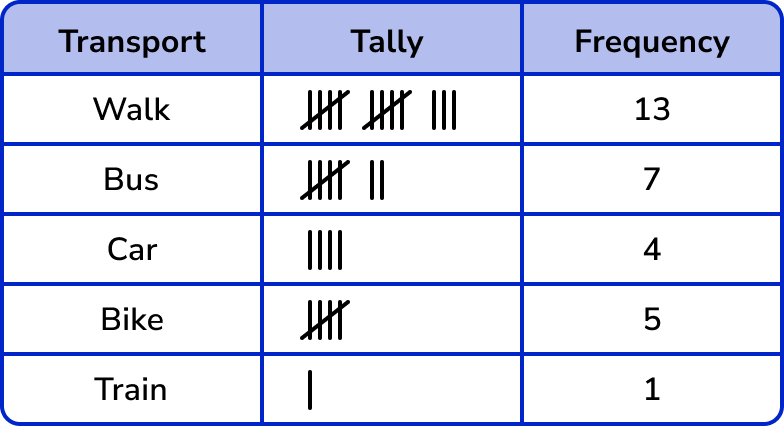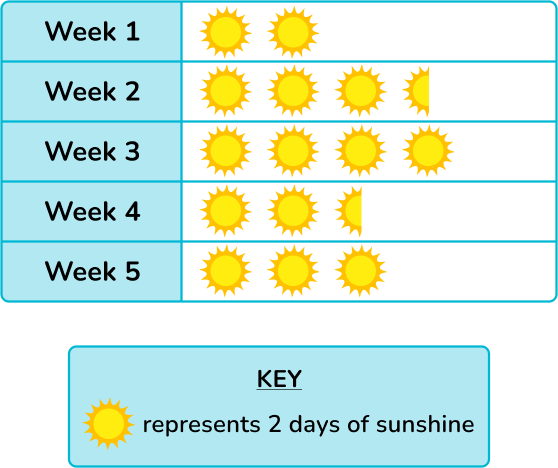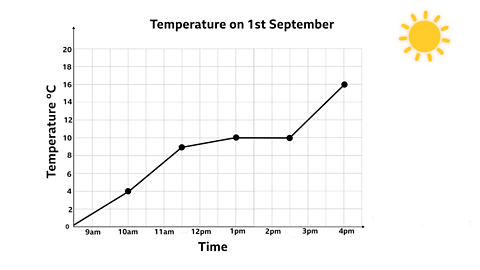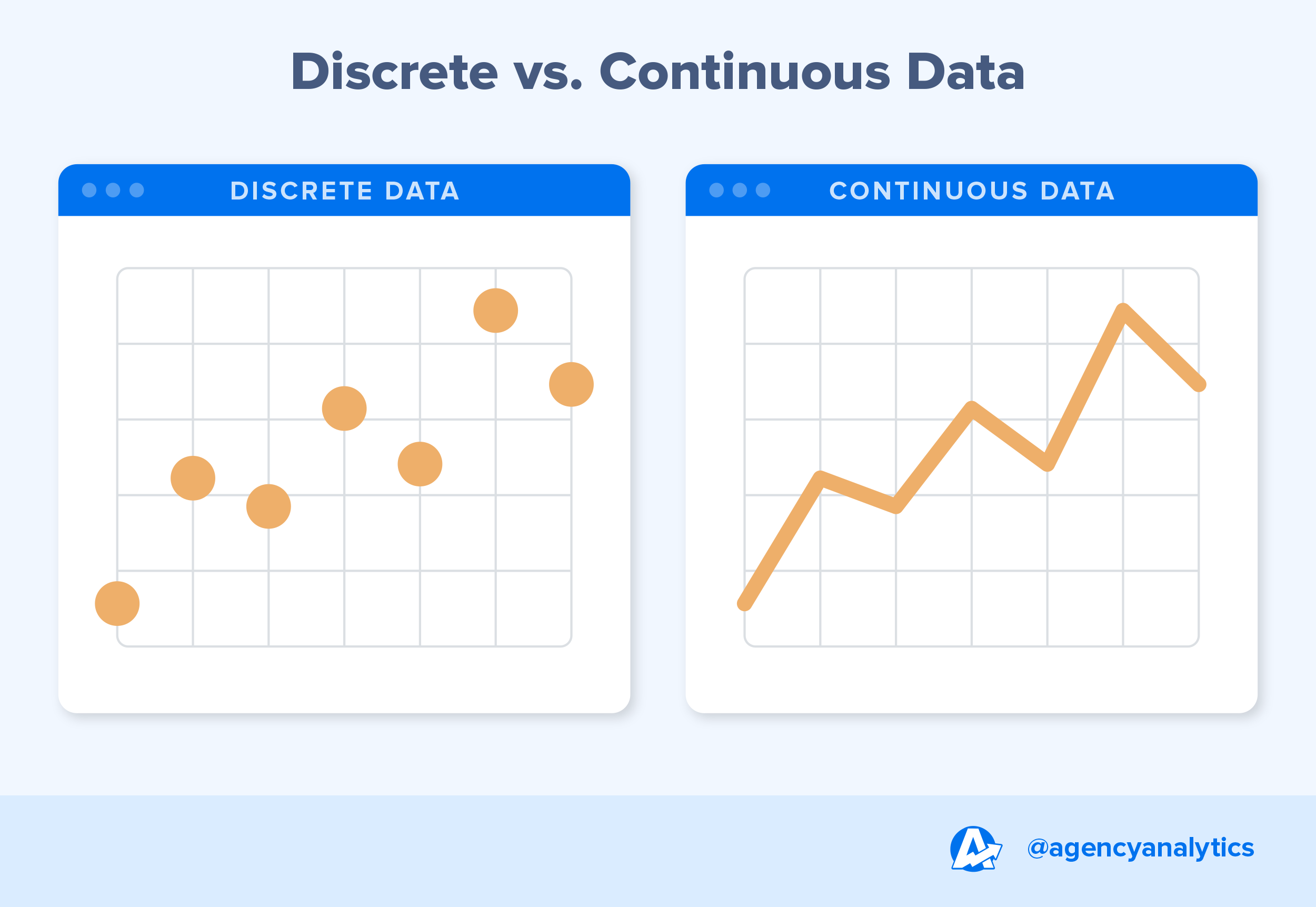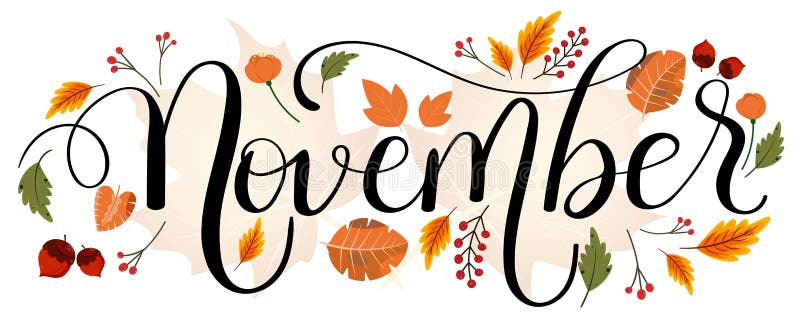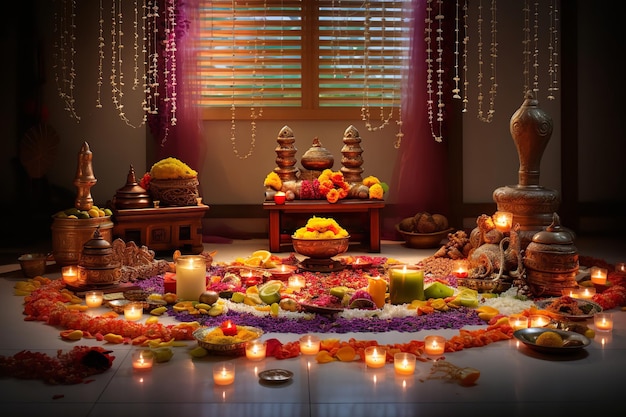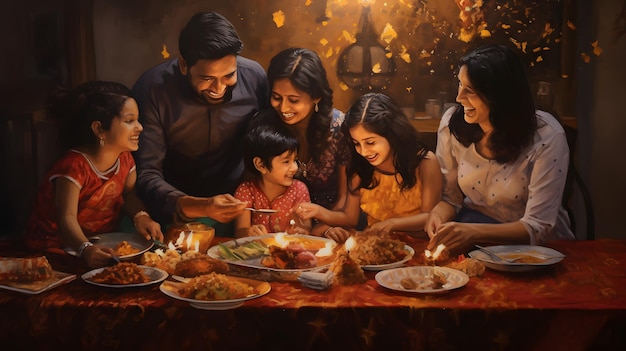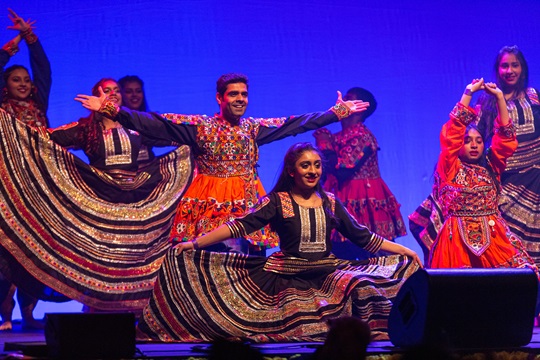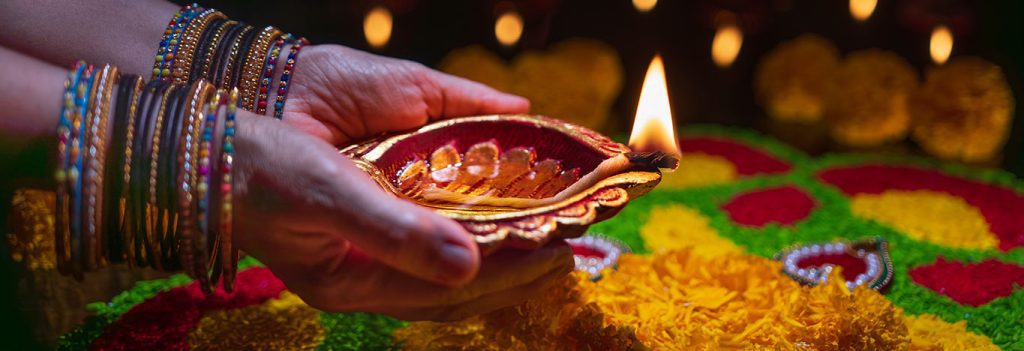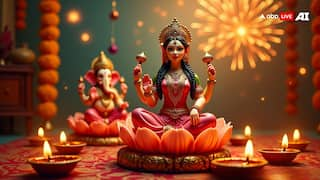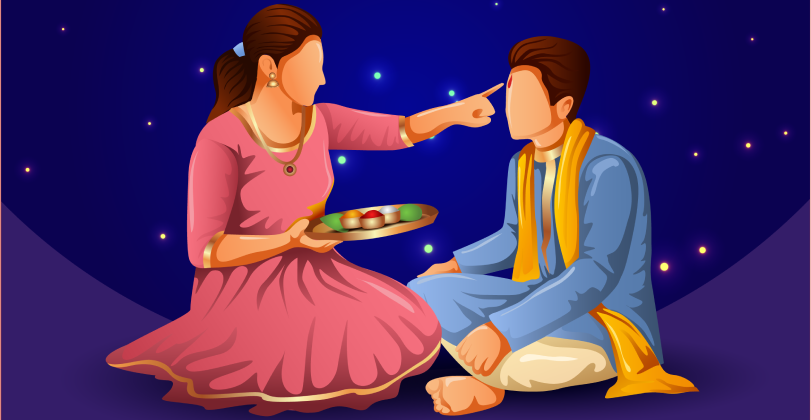Hello, welcome back to my blog. Today, I’m super excited to recap everything we’ve done in drama this term. It’s been such a fun time, and I can’t wait to share all the fun experiences with you. I’ll cover the games we played, explain what drama is, talk about silent movies and way more. Also, I’ll definitely be adding some pictures and videos to make this post better. Plus, I’ll list 10 awesome performing arts groups that inspire us.
How Did This Term Go and What Have We Done?
This term was seriously amazing. Every week in drama felt like a new adventure. We played a bunch of games that were not just fun but also helped us work on our acting skills. Here are some of my absolute favourites:
– Wosh: This game is all about teamwork and quick thinking. We had to pass an imaginary “woosh” sound around the circle and change it up with creative moves.
– Seven Up: We had to count to 7 in a circle but when you are at seven you put your hand on top of your head facing the way to want to carry on.
– Statue Game: In this game, one person is it and tries to make everyone laugh while they freeze like statues. It’s hard not to giggle.
– Orange Lemon: This game is all about movement and making quick choices.
– Two Truths and a Lie: This helped us learn more about each other.
– Alien Game: There are 3 people, 1 person is an English and alien translate, one is an alien and one is an interviewer. The interviewer asked a question to the alien and the interpreter translated what the interviewer said to the alien and whatever the alien said they would translate that to the interviewer.
– Detective: One person is outside while a bunch of people are in a circle and has to pick a leader to do a pattern or things with their body like clapping, tapping, etc. When you have selected a leader the detective ( person sent outside ) comes back in and tries to find who the leader is.
So yeah, I’d say we covered a lot and it was definitely a lot of fun while also turning out to be great practice for our acting skills.
What is Drama?
Drama is so much more than just acting. It’s a way to express ourselves, tell stories, and connect with others. It allows us to explore emotions and different perspectives. In drama class, we learn to work as a team, develop our creativity, and boost our confidence. Sometimes, it feels like a safe space where we can just be ourselves and let our imaginations run wild.
What is a Silent Movie and How Does it Work?
Now, moving on to silent movies. Silent movies are films that tell a story without any spoken dialogue. Instead, they rely on visual storytelling, expressions, and music to convey emotions and plot. Back in the day, they were super popular before sound was introduced in films. Watching silent films can be a really fascinating experience because you have to pay close attention to the actors’ body language and facial expressions to understand what’s happening. Plus, the music adds to the mood and makes everything more dramatic. It’s like a whole art form on its own. My favourites are Charlie Chaplin and Mr Bean.
10 Performing Arts Groups to Check Out
Finally, I wanted to share some amazing performing arts groups that inspire us all. Here are 10 that you should definitely look into:
1. Cirque du Soleil – Known for their jaw-dropping acrobatics and theatrical flair.
2. The Royal Ballet- A traditional ballet company with stunning performances.
3. Blue Man Group – Unique, wacky, and always entertaining.
4. The National Theatre – They offer a range of plays that really showcase incredible talent.
5. Second City – Famous for improv comedy, they always bring the laughs.
6. The Royal Shakespeare Company – A must-see for anyone interested in Shakespeare’s works.
7. Les Misérables – This musical brings to life such powerful storytelling.
8. Hamilton – A modern classic that mixes history with hip-hop.
9. The Harlem Globetrotters – Not just basketball; their performances are like theatre on the court.
10. Martha Graham Dance Company – Aiming to break barriers in modern dance.
Images and videos
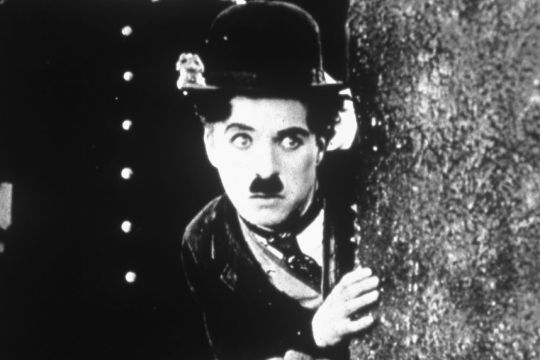
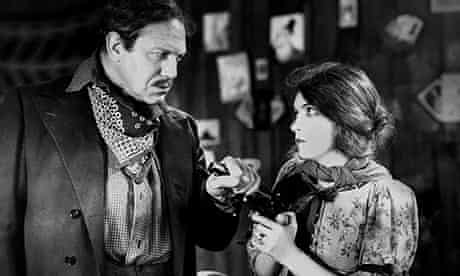
I hope you enjoyed reading about our drama adventures this term. It’s been an epic journey filled with laughter and creativity. Can’t wait for more fun next term. Until then, bye
Shreeya
